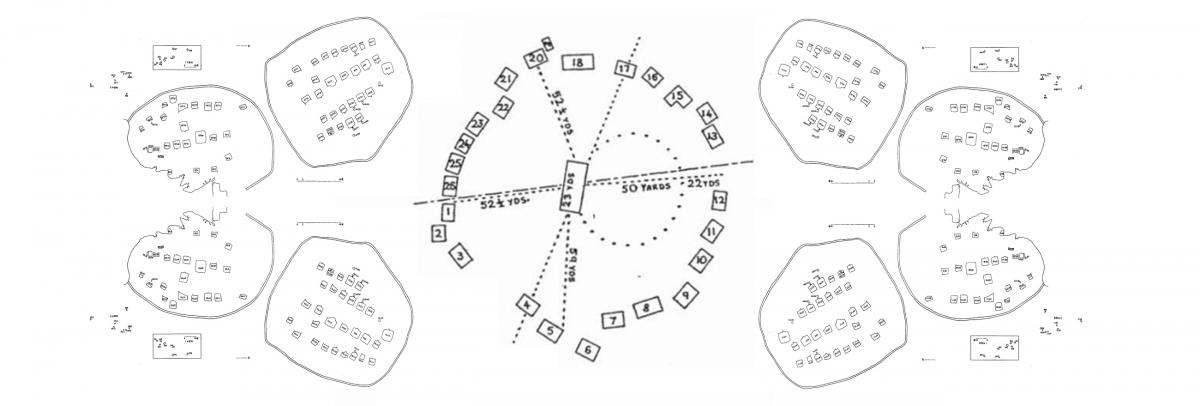ANTHROPOLOGY COLLOQUIUM SERIES
Dr. Yu Xiyun
Professor, Department of Archaeology, Wuhan University
"Kinship organization reflected in bifurcated settlements"
Friday, November 7, 2014, at 3:00pm in the Anthropology Lounge, 3106 WWPH
In prehistoric China, egalitarian communities were often organized into ‘bifurcated settlements’ (两分结构聚落). These settlements are characterized by distinct clustering of residential areas and even burial grounds into two distinct sectors. Ethnographic examples of bifurcated settlements indicate their internal organization is a reflection of a kind of kinship organization akin to the moieties of South America, phratries of North America, and marriage classes of Australia. In Pre-Qin China, individuals had two forms of surname: Xing (姓) and Shi(氏), which represented Xing group and Shi group(clan) respectively. Bifurcated settlement patterns are suggestive of Xing kinship structure (matri-clans), while later, hierarchical societies were organized along Shi kin lines (patri-clans).

社会复杂化之前的中国史前聚落,往往呈现两分结构。与处在同一社会发展阶段的民族学材料类比,这类聚落反映的亲族组织应该就是南美洲的偶族,北美的胞族,大洋洲的婚级组织也应该是这类亲族组织。中国人的姓包含先秦时期的两种形式:姓和氏;对应的亲族组织分别为姓族和氏族。与史前早期两分结构聚落对应的亲族组织是姓族,而氏族是伴随社会复杂化之后出现的亲族组织。
Please look HERE for more information on Professor Yu, the Department of Archaeology, and the School of History at Wuhan University.
Location and Address
Anthropology Lounge 3106 WWPH